
Agriculture
May 24, 2024
Esoko
Read SolutionImplemented by
Esoko
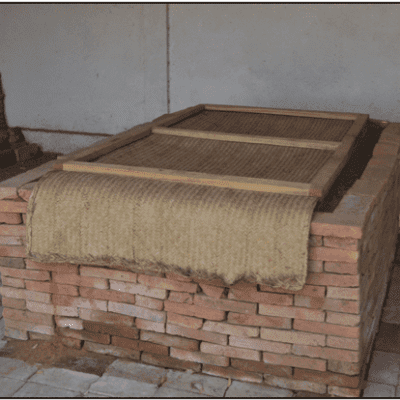
Updated on January 30, 2024
·Created on October 30, 2018
ECCs are large storage units made from local materials that keep vegetables and fruits at lower temperatures.
Evaporative cooling chambers (ECCs), also known as “zero energy cool chambers” (ZECCs), are simple and inexpensive systems that keep vegetables fresh without the use of electricity. These chambers can be made from locally available materials including bricks, sand, wood, dry grass, gunny/burlap sack, and twine.
Target SDGs
SDG 2: Zero Hunger
SDG 1: No Poverty
Market Suggested Retail Price
$100.00
Target Users (Target Impact Group)
Household, Community, Small and Medium-sized Enterprises
Distributors / Implementing Organizations
Open sourced technology, locally manufactured
Competitive Landscape
Direct competitors include Solar Powered Communal Refrigeration, Charcoal Cooler, and Zeer Pot.
Regions
Worldwide
Manufacturing/Building Method
Evaporative Cooling Chambers (ECCs) can be constructed from locally available materials such as bricks, sand, wood, dry grass, gunny/burlap sack, and twine. The chamber is constructed with two brick walls and the space in between the walls is filled with sand, which retains the water that is added. The ECCs should be constructed in a shaded area, under trees or a shed. For step-by-step instructions, see MIT D-Lab's Evaporative Cooling Best Practices Guide.
Watch this video on building an ECC, published by the World Vegetable Center.
Intellectural Property Type
Open-source
User Provision Model
Materials to construct ECCs are obtained/purchased locally. Units are built on-site by end-users or local builders.
Distributions to Date Status
Unknown
Storage capacity (L)
Sizing ranges from 500-5000 L
Time to cool (hr)
Depends on specific design and operating conditions
Cooling retention (hr)
Depends on specific design and operating conditions
Temperature control
No
Minimum internal temperature (°C)
Approximately 10-15 °C cooler than ambient temperature
Materials of construction
Bricks and sand with a cover made from wood, straw, or burlap
Protection from insect entry
Yes
Refrigeration cycle catalyst
Water should be added between the walls approximately once a day, depending on the evaporation rate
Design Specifications
Evaporative cooling chambers (ECCs) are double-walled storage containers that use evaporative cooling principles to reduce their internal temperature. Sand and water fills the space between the two brick walls. As the water evaporates outwards into the atmosphere, heat is removed from the inner wall, creating a cooling effect. Water can be added manually with a pitcher or via a gravity-fed dripper. ECCs have a larger capacity compared to household clay pot coolers and are designed for farmers, communities, or farming cooperatives.
Technical Support
ECCs designs are open-source. Technical support can be provided by the local manufacturer.
Detailed information regarding construction and use can be found in MIT D-Lab’s Evaporative Cooling Best Practices Guide.
Replacement Components
Replacement components, such as bricks, sand, and straw, are available locally.
Lifecycle
Approximately 3 years
Manufacturer Specified Performance Parameters
If the evaporative cooling chambers are operated in hot and dry climates (greater than 25 °C and less than 40% humidity) they can be expected to provide a storage environment with humidity greater than 80% and temperature at least 8 °C lower than the maximum daily ambient temperature.
Vetted Performance Status
MIT D-Lab conducted testing in Mali, in partnership with the World Vegetable Center. They reported that with a brick ECC storage, shelf life was up to 10 days for hot peppers and eggplant, 8 days for tomatoes, and 7 days for Okra, compared to only 2-4 days without cooled storage.
Safety
Possible contamination and spoilage of foods if not used properly.
Complementary Technical Systems
Clay pot coolers, or Zeer pots, operate on the same principle and provide a smaller, household storage capacity.
Academic Research and References
Verploegen, E., Sanogo, O., Chagomoka, T. Evaluation of Low-Cost Vegetable Cooling and Storage Technologies in Mali. 2018. Copyright ©Massachusetts Institute of Technology.
Kumar, R., Chandra, S., Samsher, Singh, B., Kumar, R., Kumar, A.A., Zero energy cool chamber for food commodities: A need of eco-friendly storage facility for farmers: A review. Journal of Pharmacognosy and Phytochemistry, 2018; 7(5): 2293-2301
Ambuko, J., Wanjiru, F., Chemining’wa, G.N., Owino, W.O., Mwachoni, E., Preservation of Postharvest Quality of Leafy Amaranth (Amaranthus spp.) Vegetables Using Evaporative Cooling. Journal of Food Quality. Volume 2017. Article ID 5303156, 6 pages.
Basediya, A. I., Samuel, D. V. K., Veera, V., Evaporative cooling system for storage of fruits and vegetables – A review. Journal of Food Science and Technology. 2013 Jun, 50(3):429-442.
Odesola, I. F., Onyebuchi, O., A review of porous evaporative cooling for the preservation of fruits and vegetables. The Pacific Journal of Science and Technology. 2009 Nov, 10(2):935-941.
Roy, S.K., On-farm storage technology can save energy and raise farm income. 1989. Amity Science, Technology & Innovation Foundation. Amity University Uttar Pradesh, India.
Compliance with regulations
Unknown
Other Information
Market suggested retail price depends on the cost of local materials.
MIT D-Lab testing in Mali
Produce spoilage causes disease and loss of income for needy farmers and venders who are forced to ‘rush sell’ most agricultural products, even though they are well aware of the negative impact flooding the market has on their profits. Even in towns and cities where erratic power supply is available, most of the urban poor cannot afford refrigerators.
MIT D-Lab's Evaporative Cooling Best Practices Guide
YouTube video on building an ECC,
Open source designs are available from several sources, including:
Evaporative cooling chambers are constructed locally and generally not tested before use. MIT D-Lab has conducted research on the performance of the open-source design in Mali.

Agriculture
May 24, 2024
Implemented by
Esoko
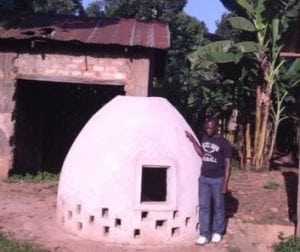
Agriculture
August 20, 2024
Implemented by
Technology for Tomorrow (T4T) Africa

Agriculture
January 6, 2025
Implemented by
Microsoft
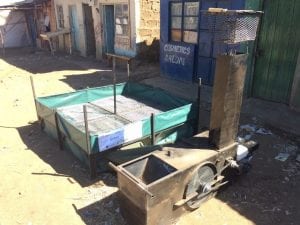
Agriculture
August 21, 2024
Implemented by
Marius Rossouw design engineer Aflastop
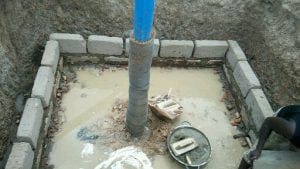
Agriculture
February 12, 2024
Implemented by
Naireeta Services
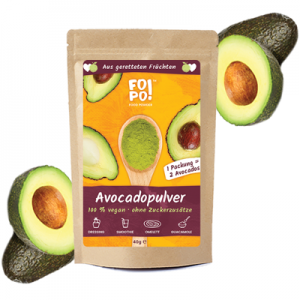
Agriculture
August 23, 2024
Implemented by
FOPO
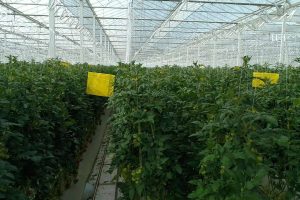
Agriculture
September 18, 2024
Implemented by
Jonathan Reyes
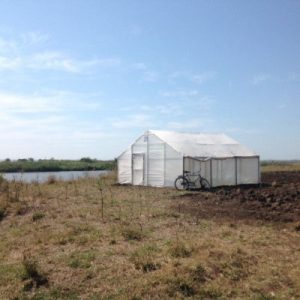
Agriculture
September 19, 2024
Implemented by
Penn State HESE

Agriculture
February 23, 2024
Implemented by
Matthew Baldwin
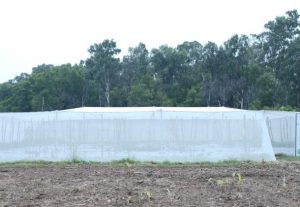
Agriculture
September 19, 2024
Implemented by
Kheyti
Have thoughts on how we can improve?
Give Us Feedback
Thanks it’s a good thing for those without power from the grid
Can you use lava rock fill walls for the same effect? How thick would they need to be?